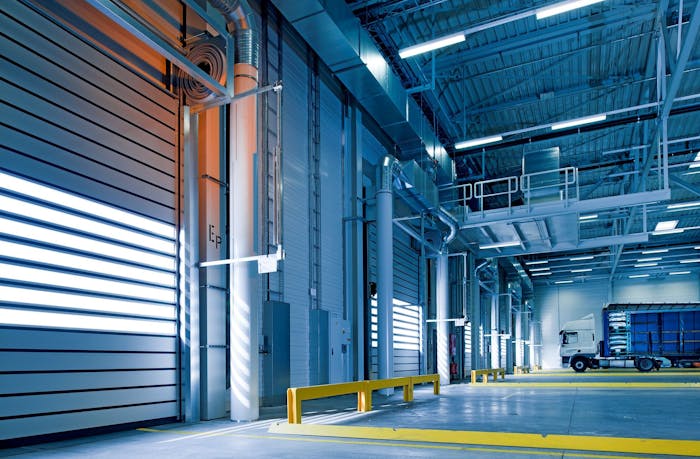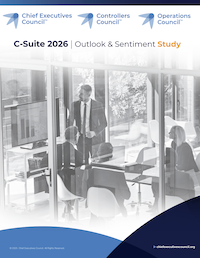COOs have a tough time overseeing operations for one facility. Imagine what it’s like handling multiple sites. However, this business model is a reality for many operations executives.
Multi-site operation management is not easy, but optimal efficiency can be achieved with the right approach. Here are some useful strategies to consider.
Communication is Essential
Leaders should be appointed at every facility and COOs must communicate with them daily. More frequent communication may be necessary when sites are dealing with large orders, onboarding new technology, or facing industry-specific challenges. Here are some recommended communication tips.
- Schedule Regular Meetings: Schedule daily check-ins early in the day to ensure teams are on track to meet various goals. Use these meetings to collect feedback on organizational policies and processes.
- Conduct Global Conference Calls: Make global conference calls a monthly event. Meet with teams across the country or worldwide to determine the best ways to collaborate and to identify challenges that may face every team.
- Invite Employee Feedback: A COO may be mainly in contact with site leaders, but employees may provide insight leaders aren’t aware of. Encourage feedback from employees by setting up an email system or another communication method.
Technology is Your Best Friend
COOs must recognize the importance of technology in the operations landscape. It is especially integral in multi-site management. Here are the many ways you should utilize it to ensure streamlined processes.
- For Communication: Utilize various technologies to communicate with teams and leaders. Skype, FaceTime, direct messaging, Zoom, and workspace platforms like Slack and Asana are useful in helping sites stay in touch.
- IoT: IoT uses monitors and scanners to keep track of inventory and deliveries. The information it collects can be shared with leaders so they can stay updated on each site’s productivity and demand requirements.
- Enterprise Resource Planning (ERP): ERP systems integrate various functions such as inventory, finance, and sales, into a single system to provide cross-functional analysis. Leaders can share this data to determine the best processing moving forward.
Highlight Inclusive Decision Making
COOs should bring all site leaders into the fold when making decisions that impact their facilities. Gaining insight from various leaders can prolong the decision-making process, but it empowers teams and ensures higher levels of satisfaction.
You can also reduce time spent on decision-making with a data-integrated approach. Start by collecting data so leaders have the facts in front of them. With data to guide their decisions, they will come to conclusions faster and tend to agree more with their colleagues.
Encouraging feedback also makes teams feel like a greater part of the decision process. Set up a system to collect feedback so teams know their opinions matter.
Assign Leadership Roles
Your site leaders are your biggest champions when it comes to inter-site management. You must hire reliable leaders that you can count on to get the job done.
Communicate with leaders regularly to ensure optimal insight into facility operations. Empower them to make decisions, but make them aware of limits so they can consult you on matters that affect the organization.
Establish Best Practices
Every facility is different, but best practices should be maintained company-wide. They should be established to ensure all products are high quality and operations are performed with optimal efficiency. Create a guide that can be sent out to employees to ensure best practices are understood.
Host Inter-Facility Team Building Events
COOs should host inter-facility team-building events at least once a year. These events help build company culture and loyalty throughout the organization. They also encourage collaboration between sites when necessary.
Events can be business-oriented or social. For example, you may host a conference so teams can share ideas and discuss challenges. A picnic with competitive games can also make teams feel closer.
Recognize Each Facility’s Differences
It’s ideal to create policies for each facility to adhere to, but organizations must recognize that each facility is unique. Different facilities may be dealing with different issues due to size, location, and equipment they use. COOs must realize this when dealing with each facility.
Additionally, if facilities are worldwide, they must consider differences in customs and cultures that could affect daily routines and border regulations.
Want to learn more about how to increase efficiency in your organization? Sign up for our newsletter today.



0 Comments